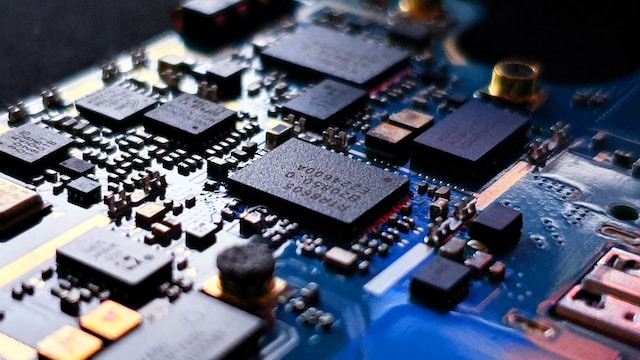
According to a recent in-depth report on the website of the German "Economic Weekly", Japan is trying to regain the throne of the semiconductor industry with the help of foreign cutting-edge technology and huge financial subsidies in an almost desperate gesture. This ambitious plan is not only jaw-dropping, but also triggers a deep reflection on the dual risk of technology and capital.
The slow landing of a handful of fully loaded Dutch flights at Hokkaido's New Chitose airport last week marked a new and uncharted phase for Japan's semiconductor industry. These flights brought not only cargo, but also a deep desire to revive Japan's semiconductor industry. But as the cargo -- parts for ultra-ultraviolet lithography systems made by the Dutch company ASML -- slowly unloads, people are asking: Is this really the key to Japan's comeback as a semiconductor powerhouse?
Asml's lithography machine, known as the "superstar" in the field of semiconductor manufacturing, is priced at 180 million euros and weighs an astonishing 71 tons. Such an expensive investment would be a big gamble for any country, let alone Japan, whose semiconductor industry is already showing signs of weakness. However, Japan does not seem to be deterred by this, and on the contrary, it is pushing ahead with the project with an attitude of near-determination.
Rapidus, the startup that carries the dream of Japan's semiconductor Renaissance, came into being in this context. Its president Xiaochi Chunyi's bold words at the airport undoubtedly added a bit of tragic color to the gamble. He declared that Rapidus will provide the world with the most advanced semiconductor products from Hokkaido and Japan. However, it sounded more like a rhetorical speech than a reality-based judgment.
Looking back at history, the Japanese semiconductor industry in the 1980s had a glorious time, and half of the world's chips were made by Japanese manufacturers. However, with the rapid rise of South Korea, the United States and Taiwan and other regions, the Japanese semiconductor industry has gradually lost its former glory. Today, Japan's attempt to create a semiconductor manufacturer from scratch that can lead the industry is a highly risky gamble.
Rapidus' plans are even bolder and more radical. Not only did they have to become the third contract manufacturer in the world capable of producing 2-nanometer processors, but they also had to achieve this goal in a short period of time. Even TSMC and Samsung, the global market leaders, plan to start mass production of 2-nanometer chips only next year. Rapidus expects to be able to keep up in two years, which is a fool's dream.
The irony is that Rapidus's strategy itself sounds uncertain and risky. They plan to produce custom chips in small batches rather than mass produce generic products. This business model runs counter to the two common methods in the industry, which is not only difficult to form scale effects, but also likely to increase production costs and risks. In addition, they want to return to the previous integrated manufacturing business model to dramatically shorten the supply chain. However, whether this return to tradition can really work in the ever-changing semiconductor industry is still an open question.
More seriously, the investment needed to realize the Japanese government's dream of a semiconductor Renaissance is far from being in place. Although Rapidus has received some state aid, it still has a funding gap of up to 23 billion euros. The numbers are staggering and raise questions about whether Japan can really afford the consequences of such a big gamble.
Yet even in these troubled times, Rapidus seems to maintain an uncanny confidence. They are not only planning the construction of a second plant and the production of 1.4nm process chips, but also aiming to achieve a sales target of 6 billion euros by 2030. Such overly optimistic expectations not only cause concern about whether it can be realized, but also make people doubt the motivation and logic behind it.
The role of the Japanese government in this gamble is also worth pondering. They seem to have high hopes and determination for this semiconductor revival plan, and even see it as a fight for the survival of the country. However, whether this overly radical and one-sided attitude can really lead Japan out of the predicament of the semiconductor industry is still unknown.
This gamble of the Japanese semiconductor industry is not only a dual venture of technology and capital, but also a profound reflection on the fate of the country. In this gamble, Japan needs to be more rational and pragmatic about its own strength and potential, as well as the future development trend of the semiconductor industry.

Below is the English translation of the text, with precise handling of political terms, consistent sentence structures, and preservation of the original’s analytical tone and logical flow:
Below is the English translation of the text, with precise …
On December 15 local time, Trump took the British Broadcast…
In recent years, the application of artificial intelligence…
According to Yahoo US media reports, the recent remarks of …
After 11 years of waiting in the deep sea, we finally have …
On December 17, 2025, the newly renovated American "Preside…